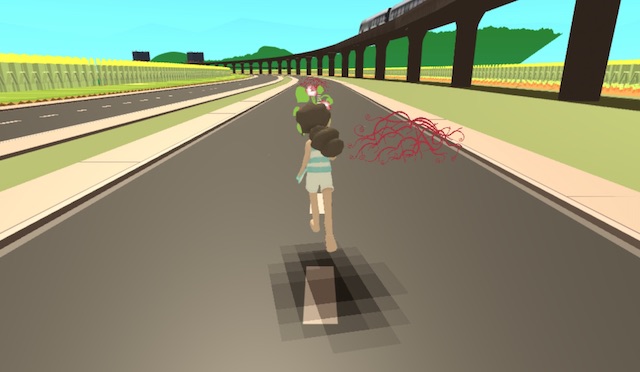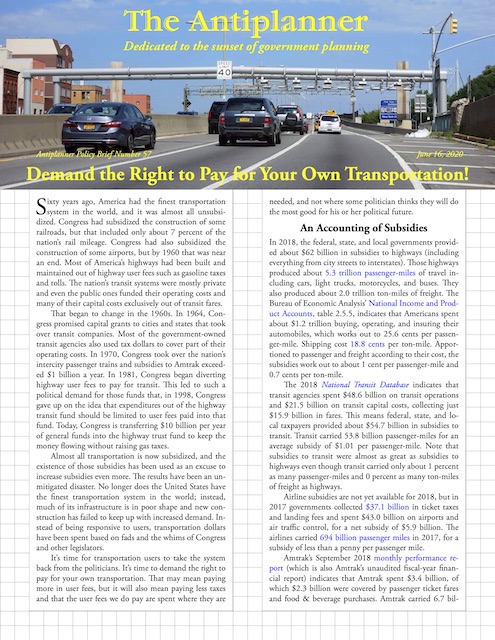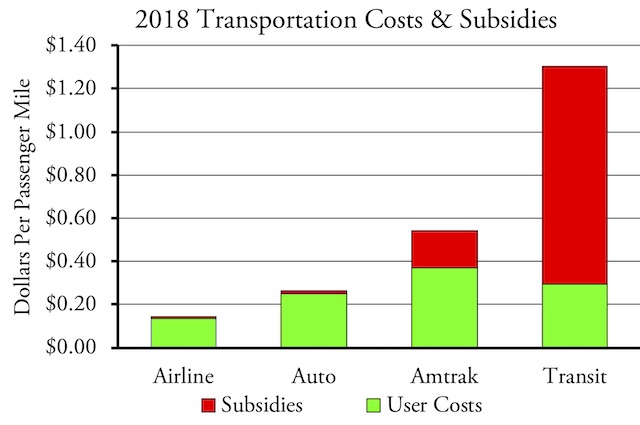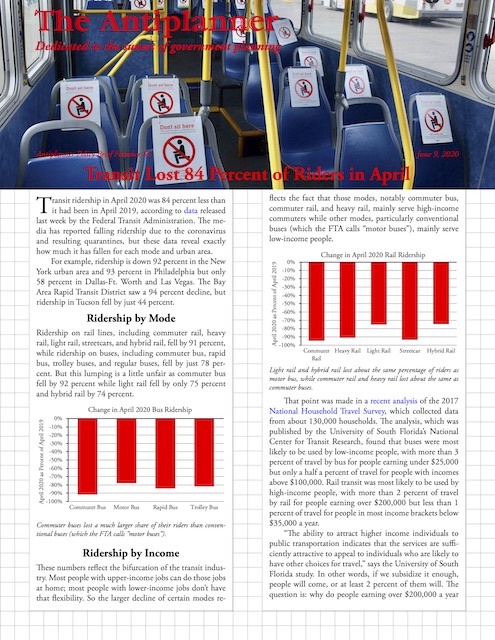Some researchers from Vanderbilt University (and one from Cornell) asked what will happen to traffic congestion after the pandemic. If people reduced the use of transit for commuting, they concluded, congestion will get a lot worse, which is “detrimental to everyone’s commute.” Though they never say so explicitly, the implication is that we need to spend a lot of money supporting transit agencies to prevent that congestion.
Yet their paper is greatly oversimplified and ignores many things. Most importantly, people working at home are going to make a bigger difference to congestion than transit riders. Before the pandemic, more people worked at home than rode transit to work. If after the pandemic the number of people working at home on any given day is double what it was before the pandemic, then there would be less traffic even if no one rode transit.
In fact, the number of people working home is likely to much more than double. More than 40 percent of workers are working at home due to the pandemic, and at least a quarter of those say they expect to continue working at home after than pandemic. That would triple what it was before the pandemic. Moreover, half of those who expect to continue working at home say they will move to a different location, generally a suburb or smaller city. Continue reading →












